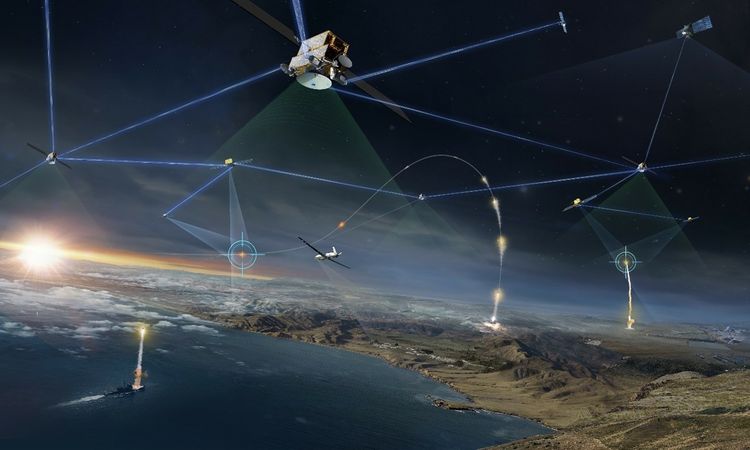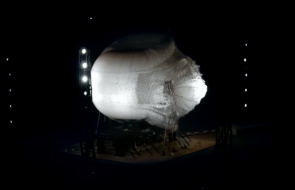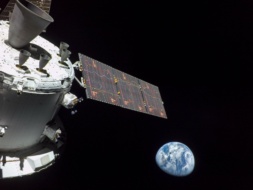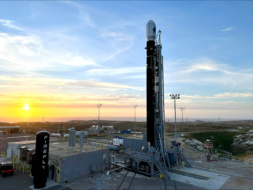Northrop Grumman ($NOC) has completed a ground demonstration of a laser communication system that will be used in its constellation for the Space Development Agency’s mesh, space-based security network.
The defense prime also revealed that Mynaric ($MYNA) and Innoflight are providing the optical inter-satellite links and security systems, respectively, to support the satellite network’s secure communications.
The contract: In February, Northrop Grumman won a $692M SDA contract to supply 42 satellites for the Tranche 1 Transport Layer of the agency’s planned National Defense Space Architecture. This network of satellites will consist of several “layers”: transport, tracking, custody, deterrence, navigation, battle management, and support.
Up first is the transport layer, which will consist of ~300-500 communications satellites in LEO to provide military data. Security is a key consideration for these satellites, as they’ll be relaying sensitive military data quickly around the globe. Laser comms, some might say, were built for this.
Up for the challenge: Mynaric won a $36M contract through Northrop Grumman in March to provide its commercial CONDOR Mk3 laser communications terminals for this project. The company is using its standard, commercially available products for this demonstration, a company representative told Payload.
- The tech demo showed that the commercial optical terminals were compatible with the US military’s encryption hardware.
- Innoflight provided an additional layer of security to the demonstration to meet the SDA’s communication requirements.
Laser communications are not only tougher to intercept than traditional radio broadcasts, but can also stand up to attacks when they do occur. “Laser communications utilized for inter-satellite links provides constellations with unmatched resiliency,” said a Mynaric company spokesperson. “Individual system degradations (be it by anti-satellite weapons, electronic warfare, malfunctions or others) can typically be compensated for by the network.”
The companies are planning for product delivery mostly in 2023 and 2024 as the SDA prepares to deploy Tranche 1.




